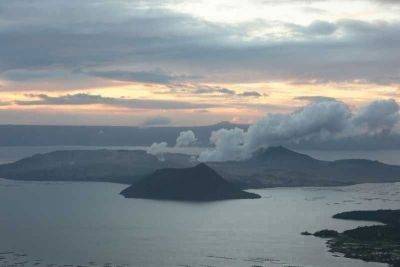CO2 detected on Pluto's largest moon
PARIS — Scientists using the James Webb Space Telescope have detected carbon dioxide on the frozen surface of Pluto's biggest moon, Charon, for the first time, research revealed on Tuesday.
The discovery of CO2, along with another chemical, hydrogen peroxide (H2O2), could shed light on the icy worlds in the mysterious outer reaches of our Solar System.
Pluto was long known as the ninth planet from the Sun. But after other similar objects were spotted in a region beyond Neptune called the Kuiper Belt, it was downgraded to dwarf planet in 2006.
This NASA image released on Oct. 1, 2015 shows Pluto’s biggest moon Charon in enhanced color. HANDOUT PHOTO FROM NASA VIA AFPThe doughnut-shaped Kuiper Belt is thought to be home to millions of icy worlds.
These objects are «time capsules that enable us to understand the formation of the Solar System,» Silvia Protopapa of the Southwest Research Institute in the US state of Colorado told Agence France-Presse.
Charon offers a rare glimpse into these worlds because — unlike other Kuiper Belt objects, including Pluto — its surface is not obscured by highly volatile ices such as methane, she explained.
AdvertisementProtopapa is the lead author of a new study in the journal Nature Communications describing Webb's new discoveries on the biggest of Pluto's five moons.
'Piece of the puzzle'
Charon, which is around the width of France and half the size of Pluto, was first discovered in 1978.
When NASA's New Horizon spacecraft flew past Charon in 2015, it discovered the surface was mainly covered in water ice and ammonia, which are thought to give the moon its red and grey appearance.
AdvertisementIt also showed that material from beneath the planet's surface was sometimes being exposed via craters.
This suggested to scientists that CO2, an essential gas for life on Earth, could also be on Charon's surface.
Objects in the Kuiper Belt, including Pluto and Charon, are thought to have been formed from the protoplanetary disc — a circle of gas and dust that surrounded the infant Sun around 4.5 billion years ago.
The protoplanetary disc — which is also thought to have contributed to the formation of Earth — is thought to have contained CO2.
A






